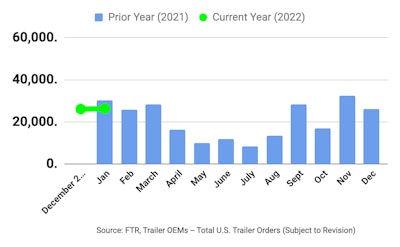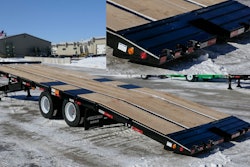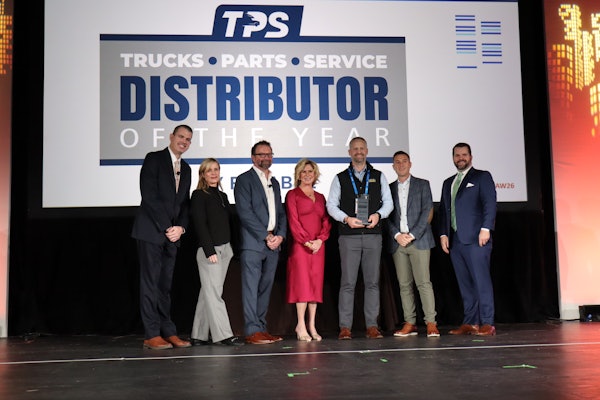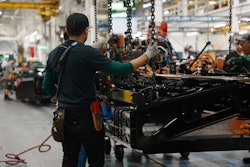
FTR reported Friday preliminary trailer orders for January held firm at 26,300 units, up 1 percent month over month but down 13 percent year over year. ACT Research reported the month at 26,100 units, down from 26,400 in December and 17 percent year over year.
With orders over the last 12 months totaling 242,000 units, FTR says the trailer industry is in a tight holding pattern, as supply chain shortages continue to prevent build rates from rising. OEMs have decided to maintain healthy backlogs but not raise those levels much until there is a much clearer picture of future build rates.
Preliminary net orders are expected to be moderately higher than production totals for the month, FTR adds.
"The commercial trailer industry is remarkably steady right now. Production has basically flatlined for nine months and now January orders are equal to December," says Don Ake, FTR vice president of commercial vehicles. "The supply chain failures have created one of the most stable environments in the history of the industry. OEMs are not confident about getting more parts and components in the future, so they are not yet booking all the fleet commitments into the backlog."
“OEMs continue to carefully manage their order intake in an effort to control the length of their production commitments. January’s net order volume matching December’s intake is evidence of that effort. The industry backlog stretched through August, on average, at the start of the year. January reports point to a closing backlog that could extend into September, with dry van and reefer commitments likely reaching early into the fourth quarter,” says Frank Maly, director, CV transportation analysis and research, ACT Research.
[RELATED: December truck production spike likely not sustainable]
And analysts say the longer the supply chain stays clogged, the more pent-up demand will be created.
"Fleets are desperate for all types of trailers. As freight demand grows, the lack of available trailers puts stress on carriers and shippers alike. Once they get more parts and components, OEMs will be pressed well into next year as they try to catch up with demand," Ake says.
“This production environment means that fleets will continue to struggle to acquire equipment as we motve through the year,” adds Maly. “While we expect OEMs to ramp volume throughout 2022, the pace will be slower than both OEMs and fleets would prefer. Component, material, and staffing headwinds will continue to challenge any meaningful increase in production volume.”










